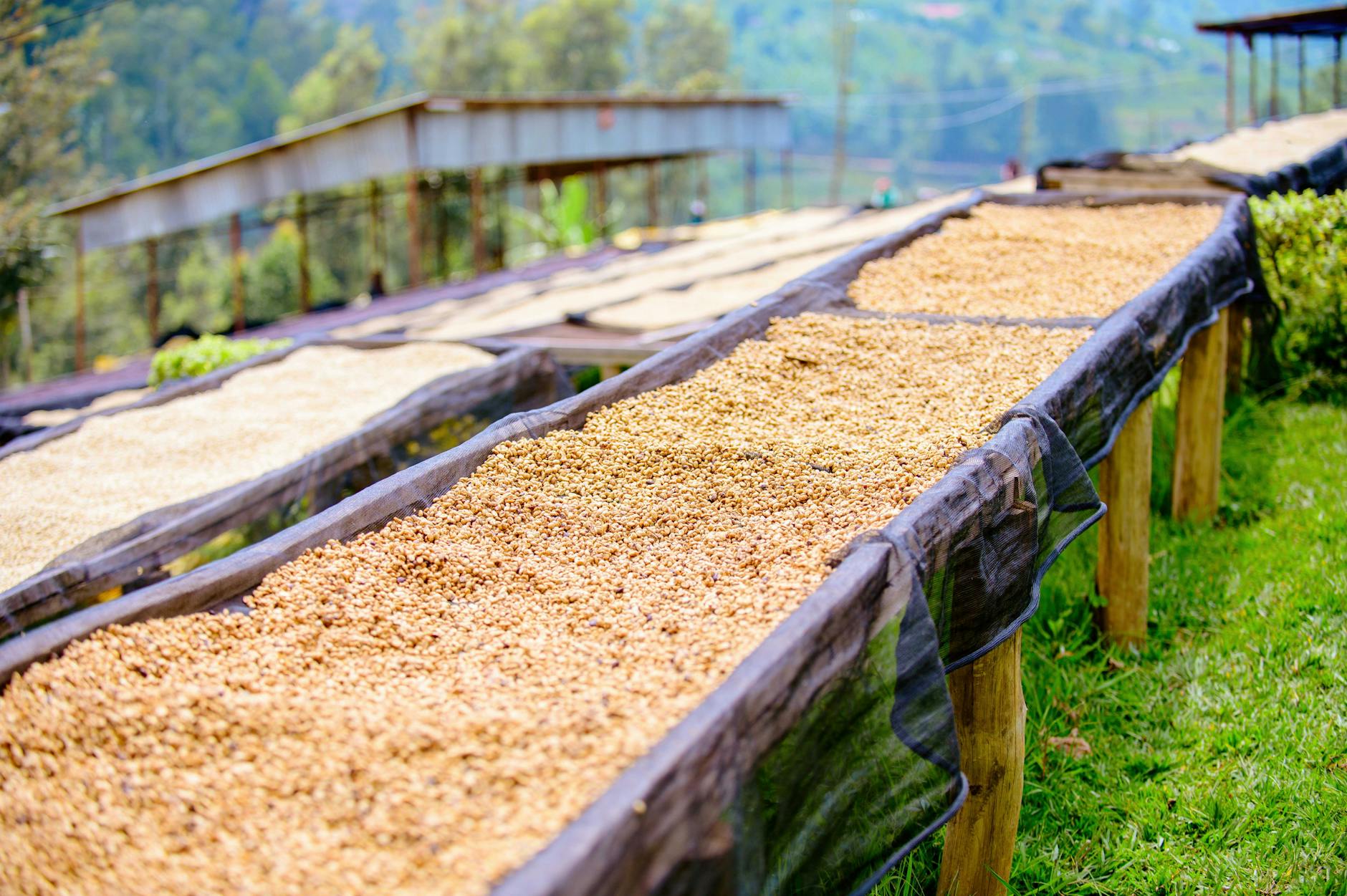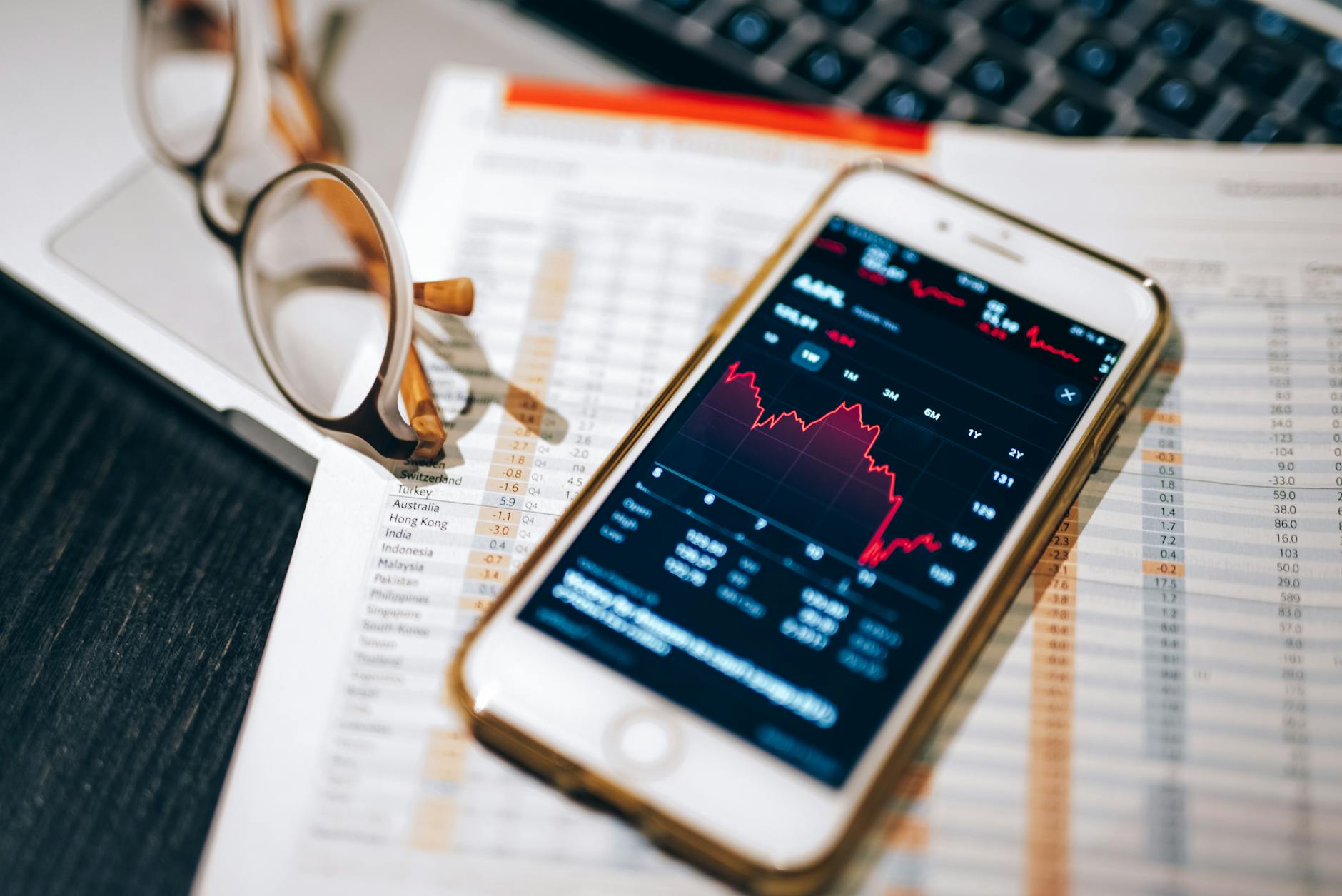Alright, degenerates! Crypto Bro Charlie here, ready to drop some truth bombs on you about something way more important than the next shitcoin pump: brewing the perfect cup of coffee. Because let’s be real, even a Lambo ride loses its luster without a proper caffeine fix, right?
Forget those boomer methods; we’re going full-on scientific on this, bruv. We’re talking about maximizing flavor, unlocking hidden depths, and achieving a level of coffee nirvana that’ll have you screaming ‘HODL!’ at the very first sip.
The Grind: It’s Not Just About the Beans
First things first: the grind size, my friends. It’s not just about aesthetics; we’re talking about surface area and extraction. A coarse grind means less contact with water, resulting in a weak, under-extracted brew. Too fine, and you’ll get over-extraction, which tastes like burnt tires and regret. It’s a delicate balance, like timing a perfect market entry.
Think of it like this: each coffee bean is a tiny, volatile asset, and the grind size dictates how much of its value you can extract before the market crashes (or, you know, the coffee gets bitter).
The National Coffee Association provides great resources on understanding grind size and its impact. It’s like doing your DD, but for your morning brew.
Water Temperature: The Sweet Spot
Next up: water temperature. Too hot, and you’ll burn those precious beans, releasing bitter compounds – a total rug pull. Too cold, and you’ll get an anemic, sour brew. We’re aiming for that Goldilocks zone, the sweet spot between 195-205°F (90-96°C).
Use a thermometer, bruv! It’s not witchcraft; it’s science! Precise temperature control is key to unlocking the full potential of your beans, just like precise timing is key to a successful trade.
Remember that sick ScienceDirect article I read? Total game changer for my coffee game.
The Alchemy of Extraction: Ratio, Time, and Temperature
Now we’re talking about the real magic – the actual brewing process. The ratio of coffee to water significantly influences the taste. A higher coffee-to-water ratio will result in a stronger, bolder brew, while a lower ratio will give you a milder cup. It’s all about finding your ideal risk-reward profile!
Brewing time also plays a huge role. Too short, and your coffee will be weak; too long, and it’ll be bitter. The perfect timing is different for each method, each bean type, and your personal preference. Think of it as finding the perfect exit strategy for your moon shot!
And remember: keep that water temperature consistent throughout the brewing process. You wouldn’t let your crypto portfolio fluctuate wildly, would you? Treat your coffee with the same respect.
Beyond the Basics: The Equipment Factor
Let’s be honest, the right equipment can elevate your coffee game beyond the stratosphere. I personally love my pour-over setup; it’s a meditative process, almost like contemplating a long-term crypto hold. But hey, French press, AeroPress, espresso machine – whatever floats your boat, just make sure it’s clean. No one wants a mug covered in mold, unless you’re into bio-hacking or something.
Speaking of mugs, let me tell you about my favorite mug, the “Grab Life by the Beans” nice coffee mugs. It’s practically a death metal masterpiece! My other favorite is the “Silently Judging Your Typos” cat coffee mug. It’s perfect for those long nights staring at charts.
The Final Word: Experiment and Enjoy!
Look, bruv, the science behind brewing the perfect cup of coffee is complex. But don’t let that scare you. The most important thing is to experiment, find what you enjoy, and most importantly, have fun! Your taste buds are the ultimate arbiter; trust your intuition.
So get out there, explore different beans, grind sizes, water temperatures, and brewing methods. Document your findings, track your results, and refine your process. It’s just like trading, but instead of profit, you get a delicious, perfectly brewed cup of coffee. YOLO!


